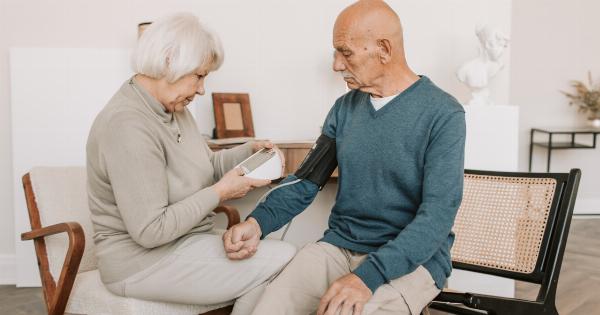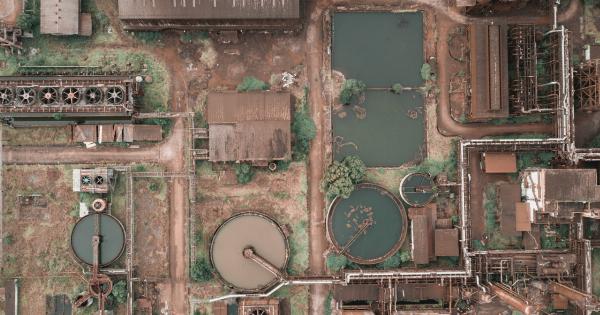Low blood pressure, or hypotension, is a common condition that affects millions of people worldwide. Although it is not as well-known as high blood pressure, it can still cause serious health consequences if left untreated.
In this article, we will discuss the causes and symptoms of low blood pressure, as well as some treatment options.
What is Low Blood Pressure?
Low blood pressure is defined as a drop in blood pressure below the normal range. The normal blood pressure range is typically around 120/80 mmHg. If your blood pressure drops below 90/60 mmHg, you may be experiencing low blood pressure.
However, some people naturally have lower blood pressure than others, and may not experience any symptoms of hypotension.
Causes of Low Blood Pressure
Low blood pressure can be caused by a variety of factors, including:.
- Dehydration: When your body loses too much fluid, your blood pressure can drop
- Heart problems: Certain heart conditions can result in low blood pressure, such as heart failure or bradycardia (slow heart rate)
- Endocrine problems: Thyroid disorders, adrenal insufficiency, and other hormonal imbalances can cause hypotension
- Blood loss: Excessive bleeding, either from an injury or surgery, can lead to low blood pressure
- Medications: Certain medications, such as diuretics, beta blockers, and others can cause low blood pressure as a side effect
- Pregnancy: Low blood pressure is common during pregnancy, especially during the first and second trimesters
- Infections: Severe infections, such as sepsis, can cause low blood pressure due to the body’s response to the infection
Symptoms of Low Blood Pressure
The symptoms of low blood pressure can vary depending on the individual, but some common symptoms include:.
- Dizziness or lightheadedness
- Fainting or feeling faint
- Blurred vision
- Rapid or shallow breathing
- Cold, clammy skin
- Nausea or vomiting
- Fatigue or weakness
Severe cases of low blood pressure can cause more serious symptoms, such as:.
- Chest pain
- Confusion or disorientation
- Seizures
- Difficulty breathing
- Unconsciousness
Treatment for Low Blood Pressure
The treatment for low blood pressure will depend on the underlying cause of the condition. In some cases, low blood pressure may not require any treatment at all, but in other cases, medical intervention may be necessary.
Some treatment options for low blood pressure include:.
- Increasing fluid intake
- Consuming more salt
- Wearing compression stockings
- Taking medications to raise blood pressure, such as midodrine or fludrocortisone
- Identifying and treating the underlying condition, such as heart failure or thyroid disorders
Prevention of Low Blood Pressure
Some tips to prevent low blood pressure include:.
- Staying hydrated by drinking plenty of fluids
- Avoiding alcohol consumption
- Standing up slowly from a seated or lying position
- Avoiding hot baths or showers which can cause blood pressure to drop
- Eating a well-balanced diet
- Getting regular exercise
When to See a Doctor
If you are experiencing any symptoms of low blood pressure, it is important to see a doctor. In some cases, low blood pressure can be a sign of a more serious condition that needs to be addressed.
Additionally, if you are taking medication for high blood pressure and it is causing your blood pressure to drop too low, you should contact your doctor immediately.
Low blood pressure can be a serious condition if left untreated. However, with proper treatment and management, most people can lead a normal, healthy life.
By understanding the causes and symptoms of low blood pressure, you can take the necessary steps to prevent and treat this condition.





























